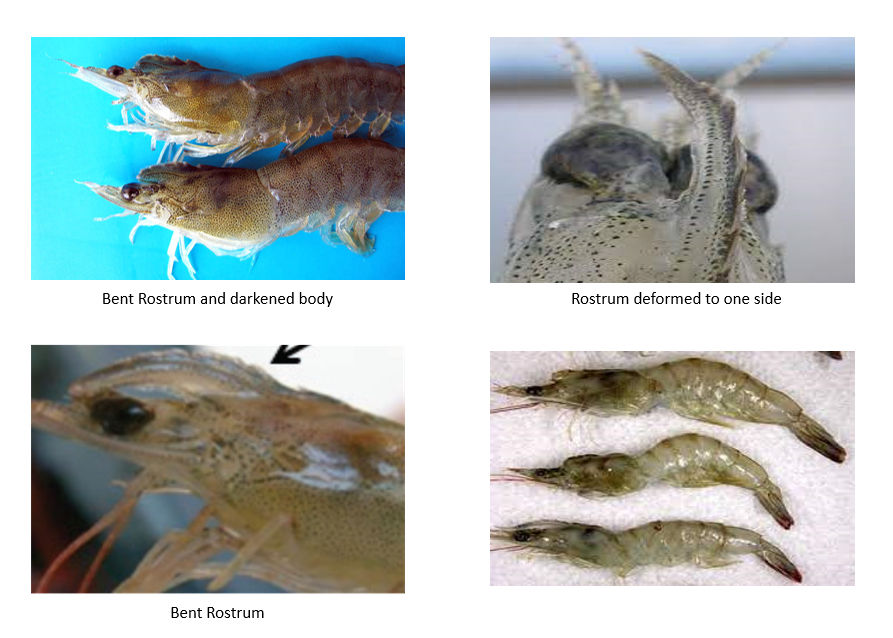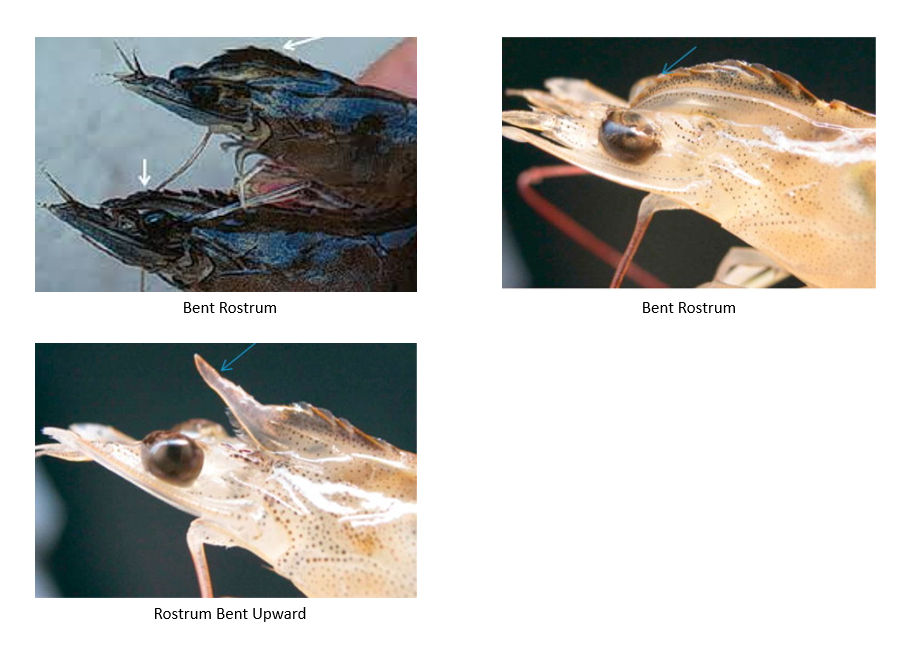Aquabeats revolutionizes aqua farming by offering an innovative solution to combat the detrimental Infectious Hypodermal Hematopoietic Necrosis Virus (IHHNV). IHHNV, caused by a parvovirus, poses a significant threat to the industry due to its acute nature and high mortality rate.
This game changer disease affects the hepatopancreas of shrimp, resulting in reduced growth, poor immune function, and increased mortality rates from secondary infections. Transmitted through the water column, IHHNV impacts all stages of shrimp development. Implementing strict biosecurity measures, following good management practices, and monitoring water for signs of IHHNV are crucial in prevention.
Accurate diagnosis of IHHNV involves techniques like Dot blot, IFH, in situ hybridization, and PCR, which confirm the presence of the virus and guide effective countermeasures. Severity and incubation period of the disease vary with age, with young juveniles being the most vulnerable. To date, no identified vectors contribute to natural infections.
Discover the telltale signs of the IHHNV Viral Disease: External & Behavioural Symptoms.
External Manifestations: |
|
Behavioural Signs: |
|


The prevention of IHHNV focuses on maintaining a healthy environment for shrimp and includes:
Once an outbreak occurs, there's no effective treatment for IHHNV. Therefore, management strategies aim to limit the spread and impact of the virus:
Early detection, stringent biosecurity measures, and use of disease-resistant stock are crucial in preventing and managing IHHNV outbreaks. Revolutionizing aquaculture with advanced technology, Aquabeats Labs effortlessly detects 13 pathogens in just one test.
Aquabeats by leveraging cutting-edge advancements and comprehensive strategies, aims to revolutionize aqua farming, ensuring a robust and disease-resistant ecosystem for sustainable growth.
Get in touch with us at [email protected] to start partnering with Aquabeats. You can also visit our website www.aquabeats.in for more information.